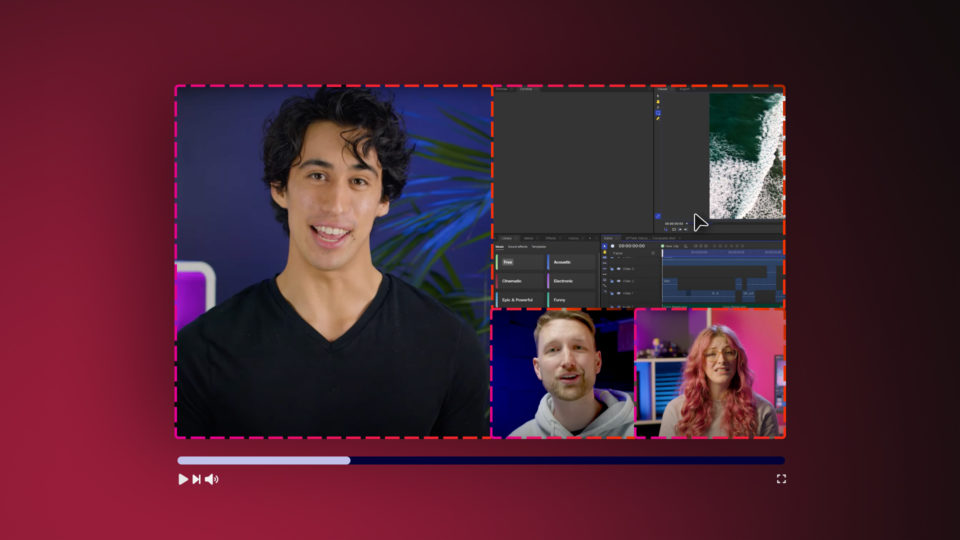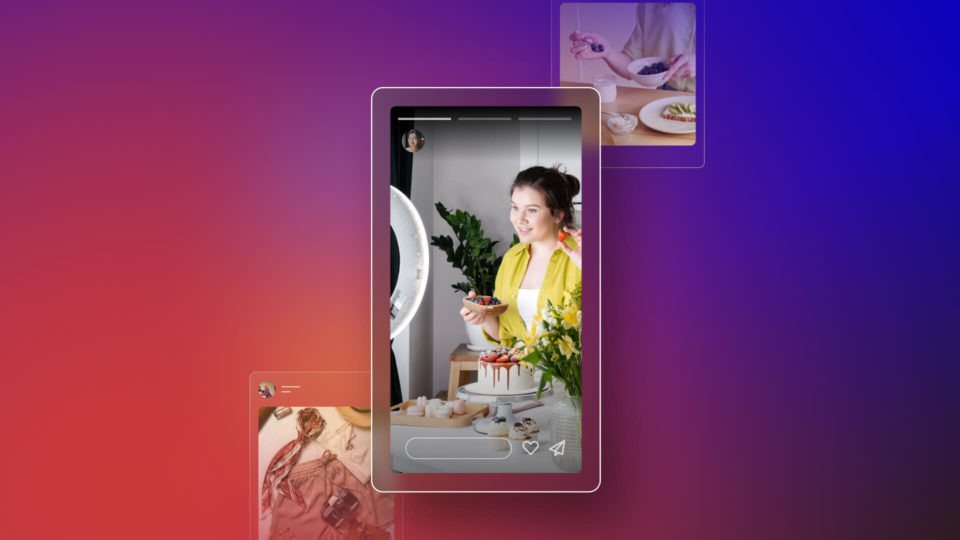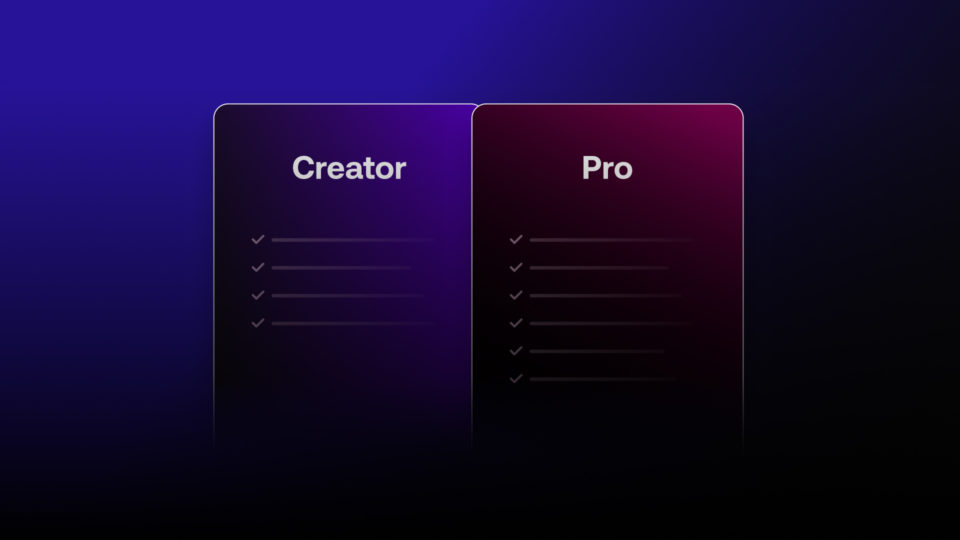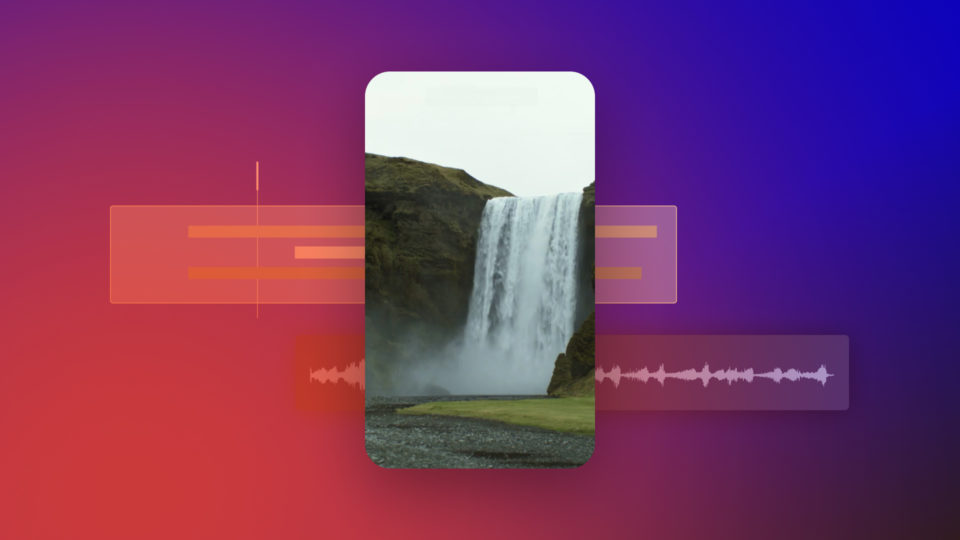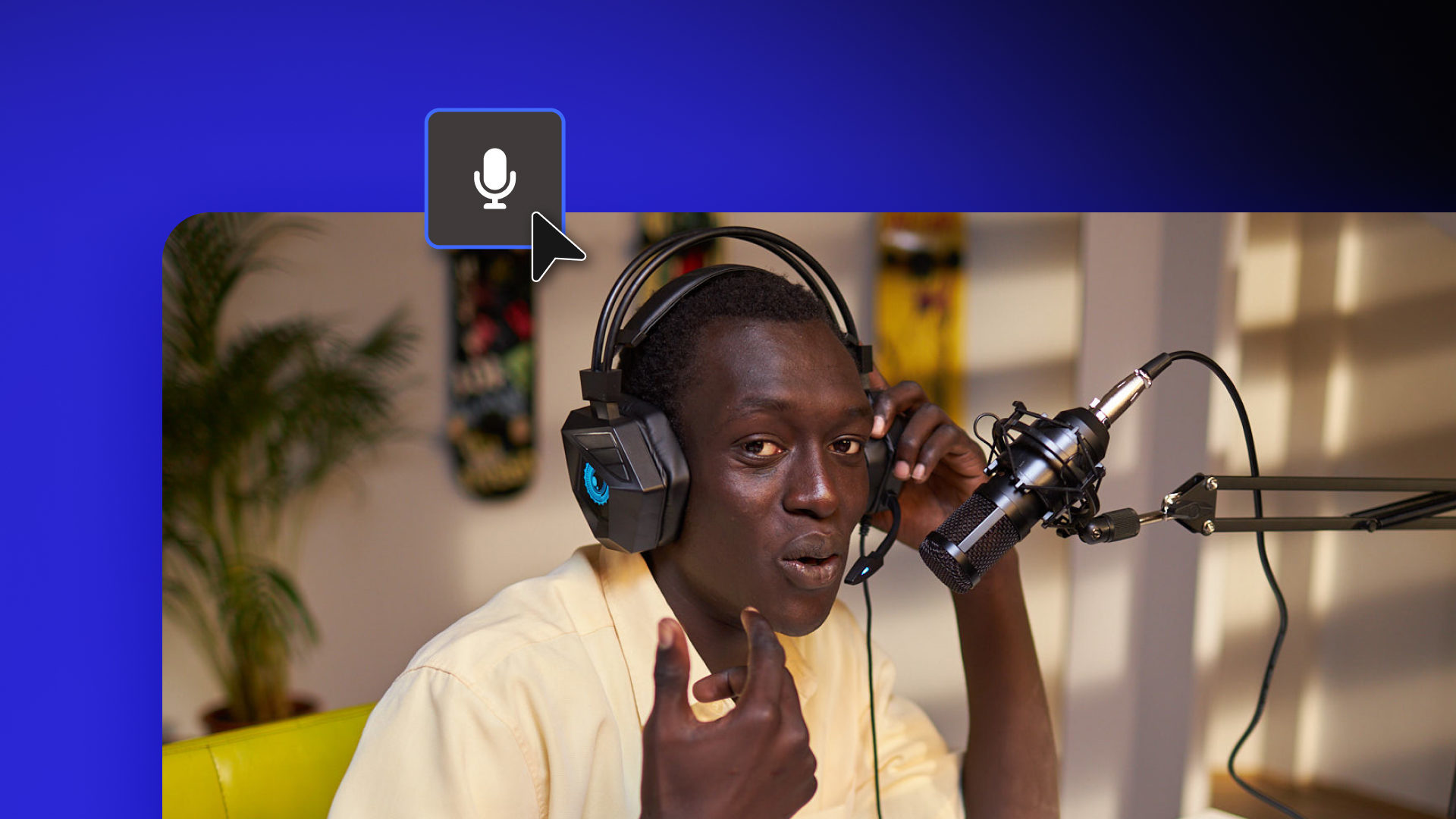You’re probably familiar with voice-overs from TV shows, Commercials, and Trailers; voice-overs are everywhere. Along with traditional business and TV uses, voice-overs are incredibly popular with online content creators, from gaming channels to vlogs. This is your guide if you’ve ever wondered how to record a voice-over. Let’s jump in.
- Learn what a Voiceover is and when you should use one.
- Check out our top tips to create the best voice-over recording environment.
- Follow our step-by-step guide to recording a voice-over in HitFilm.
What is a Voice Over?
A voice-over is an audio track played alongside visuals to give additional information to the audience. In some videos, you will briefly see the speaker on-screen, like in News Reports, where the presenter introduces the piece to the camera before moving to the voice-over. In other forms of media, such as commercials, you don’t often see the speaker at all.
Across YouTube and Social media, content creators utilize voice-over in numerous ways. In fact, voice-over channels such as vlogs, gaming, art creation, and even Reddit stories are some of the most popular online, gaining millions of views per upload.
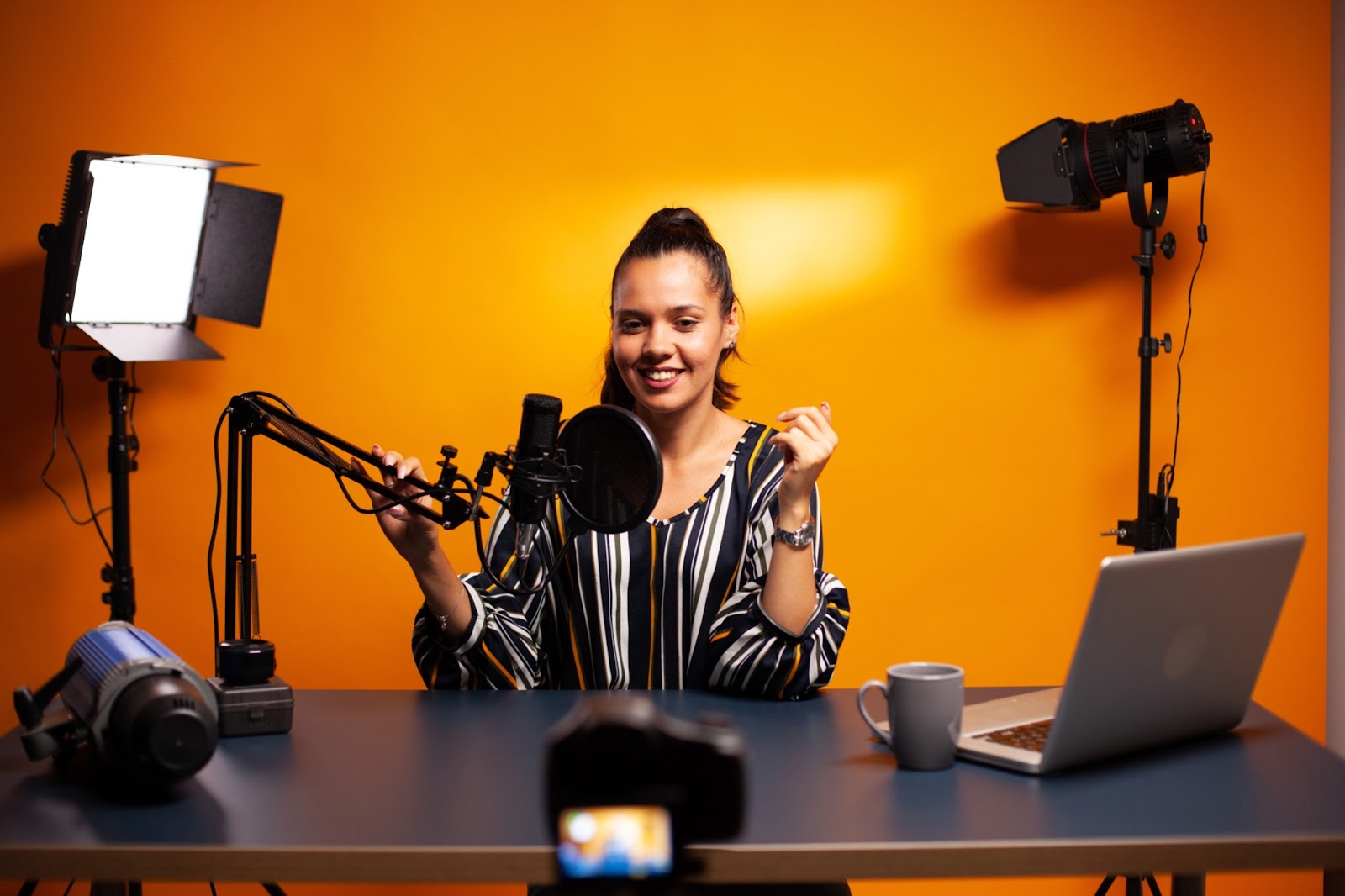
Voice-overs are often confused with narration, but there is a big difference between the two. Narration is created and used in the same way as voice-over, but the type of performance is different. While the voice-over provides context and information, narration tells the story of the visuals, similar to reading a storybook.
When to use a Voiceover
Voice-overs are used in everything from documentaries to commercials; in fact the only places voice-overs don’t fit in is narrative film and TV. Some films and TV shows will use narration when you hear a character’s internal monologue, for example, but the informative nature doesn’t fit in a story.
Voice-overs are also a fantastic option for creators that don’t want to show their faces on camera. Many channels are solely voice-over with complementary visuals, such as editing tutorials that talk you through techniques or stories channels that provide a text transcript of the voice-over. The key to making successful content is to create a match between your voice and visuals that will engage the audience.
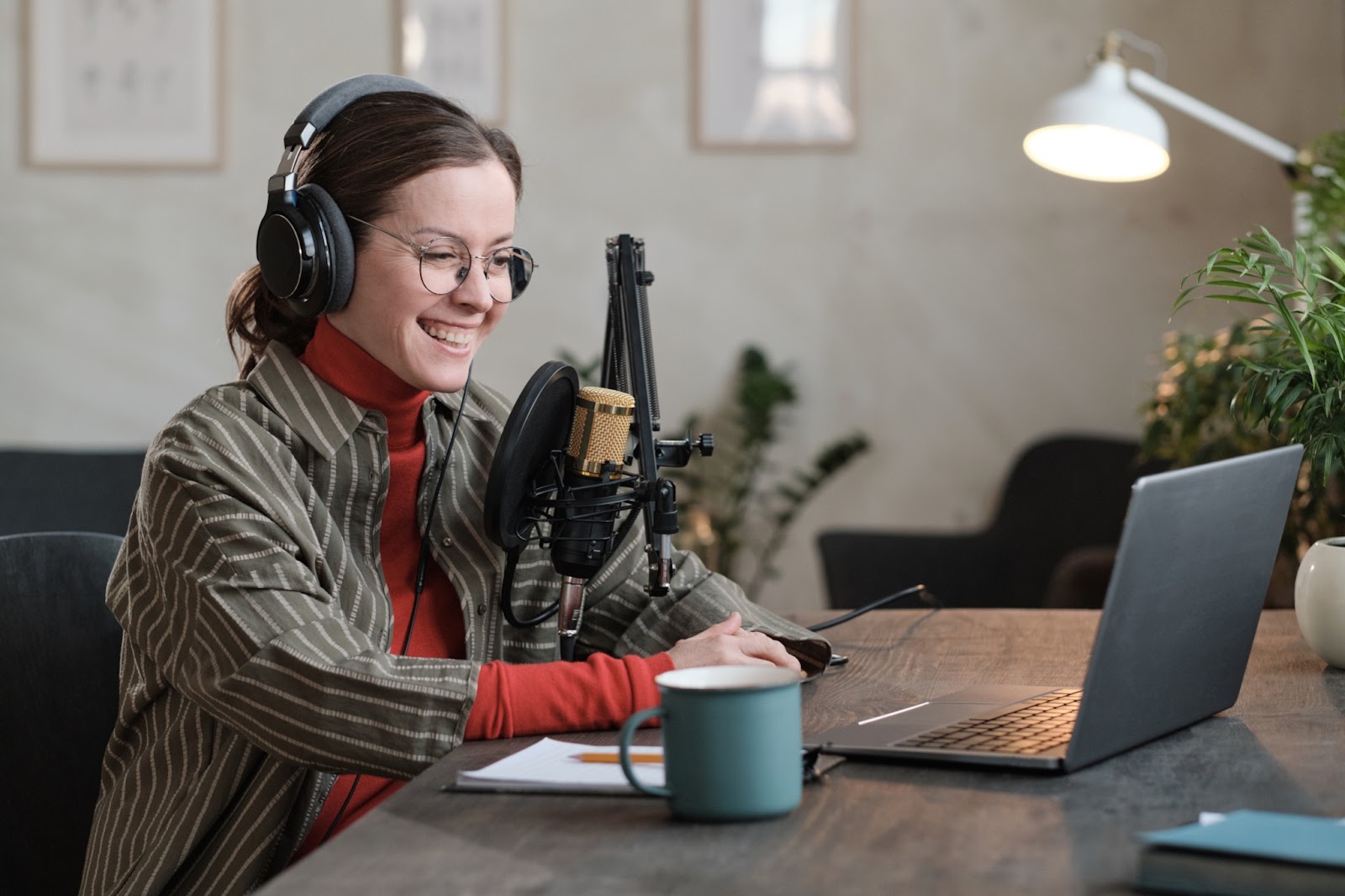
If you intend to earn money through your YouTube content, it will need to be your actual voice, with no text-to-speech recorders.
Voice-overs start as a script, which is often edited as the visuals come together, but how the voice-over is used will depend on the content. The script will give information about the subject to match what the viewer sees in a documentary film. In contrast, in gaming videos, the voice-over is often used to provide a commentary of what is seen. The one thing all voice-overs have in common is that they provide information to compliment the visuals.
Tips to record a great voiceover
Before you jump into recording a voice-over, you should consider several things to ensure you get the cleanest sound possible. As the viewer won’t see the speaker, even the smallest of background noise will be super obvious and distracting.
Good Microphone
There is no shortage of voice-over and podcast microphones available to suit any budget, from a few dollars to thousands. Unfortunately, audio is one area where better audio quality costs more.
If you’re serious about becoming a voice-over artist or content creator, investing in good microphones is essential. However, if you’re looking to improve your onboard camera audio, any compatible microphone will be beneficial.
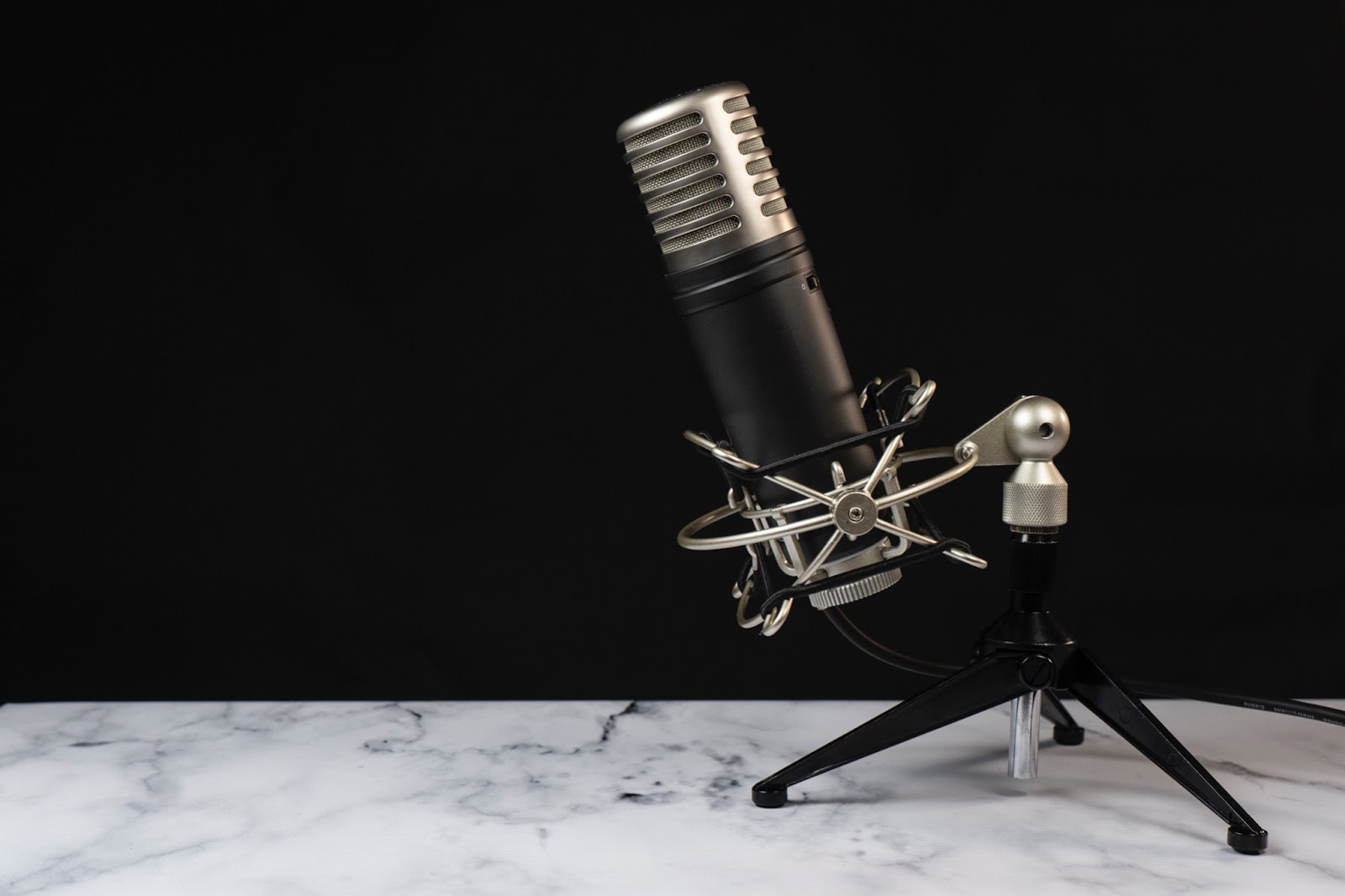
Smaller Space
Echo is a big problem when creating a voice-over, and there is very little you can do to reduce echo in the edit. Choose a smaller space with soft furnishings, which will help absorb the sound and reduce the echo.
Professional sound booths are specifically built to cut out all background noise, but you might not have that luxury if you’re recording at home. You can still add some soundproofing; use foam sheets, blankets, or even egg cartons to help silence and reduce the external noise.
(Want some more tips for content creation on a budget?)

Speak Normally
A big mistake that beginners often make is to adjust their speaking volume as soon as they hit record. Some will instantly become louder, while others will drift into a whisper. For a consistent voice-over, you must remain at the same audio level.
Speak at your usual level, and adjust the audio recording levels on your device to match.
How to Record a Voiceover in HitFilm (step-by-step-guide)
Recording a voice-over in HitFilm is a piece of cake; you can control everything from within the editing program.
- Set up your microphone
Plug your Microphone into your editing device, and set it up using any device-specific requirements.
- In HitFilm, create a new Voiceover
In HitFilm, right-click in the Media Browser and choose New > Voiceover, or hit Shift + Command/Control + R on your Keyboard.
- Select your input device and adjust the volume
In the voice-over, pop-up box choose your Input Device from the drop-down menu, and adjust the Input Volume to suit your natural speaking level.
- Hit record and 3..2..1..
Hit the big record button and wait for the countdown to end before you begin speaking. When you are finished, hit Stop.
- Finish the recording
When you hit Stop 3 things will happen; the recording will be added to your Media Browser, a Voice Over Track will be added to the Timeline, and the recording will be added to the new track.
- Edit the VO track in HitFilm
Click the close icon at the top of the voice-over recording pop-up to return to normal editing; you can now edit your voice-over track as you would any other sound layer.
- Add more recordings if you want
If you need to record more voice-overs, you can repeat the process. Please note that each time you record a Voice Over, a new track will be added. You can move all of your recordings to the same track and delete those you don’t need by right-clicking the track name.
Frequently Asked Questions
Yes! Recording a Voice Over in HitFilm is super easy; everything you need, from recording to editing and file management, is provided within the program.
For a top-quality voice-over recording, you’ll not only need a fantastic microphone; A tripod with stabilization is essential, as this will prevent any bangs or bumps from being noticeable. A pop-shield is also a tremendous add-on; the circular netting diffuses your voice and prevents popping sounds when you say words starting with P.
Voice-overs play an essential role in video creation, and being able to record a voice-over is a fantastic skill for both editors and performers. HitFilm voice-over recording is easy and convenient, allowing you to quickly piece together your compositions with excellent audio. If you want to learn some incredible sound techniques to enhance your films, check out this handy guide.

